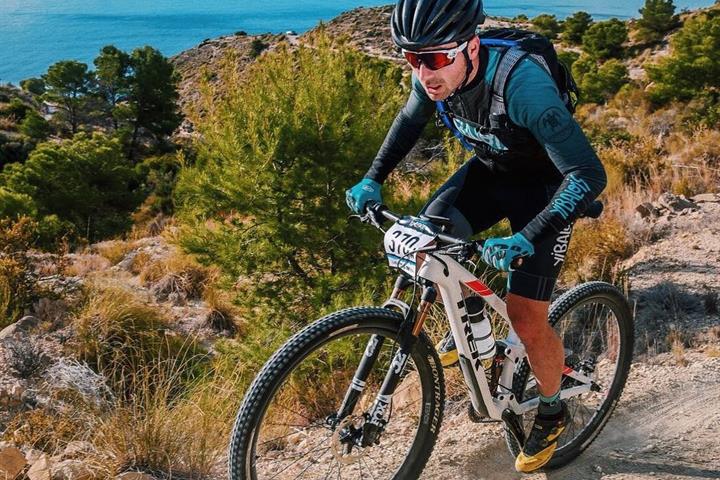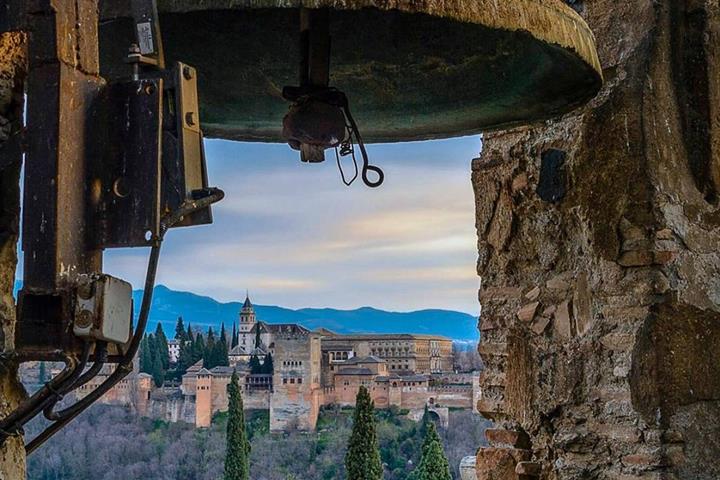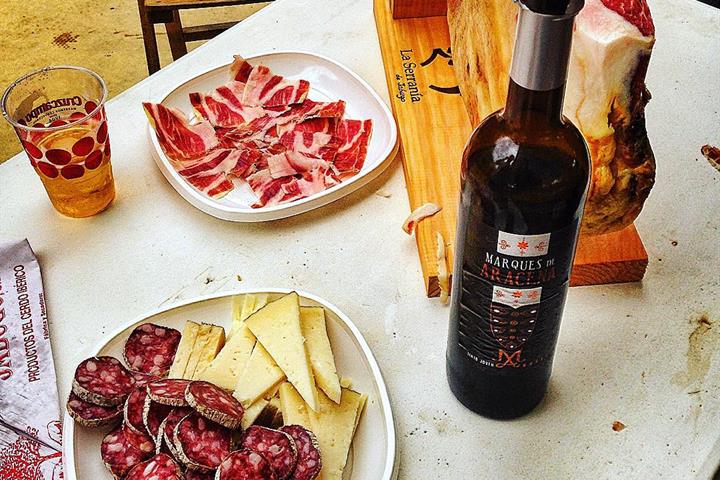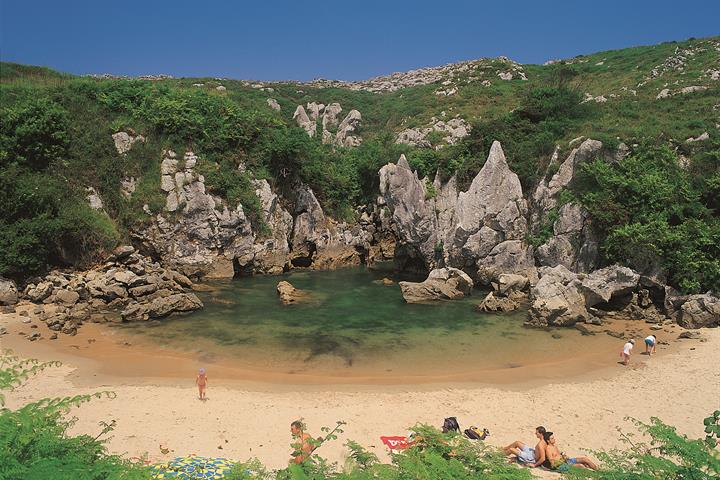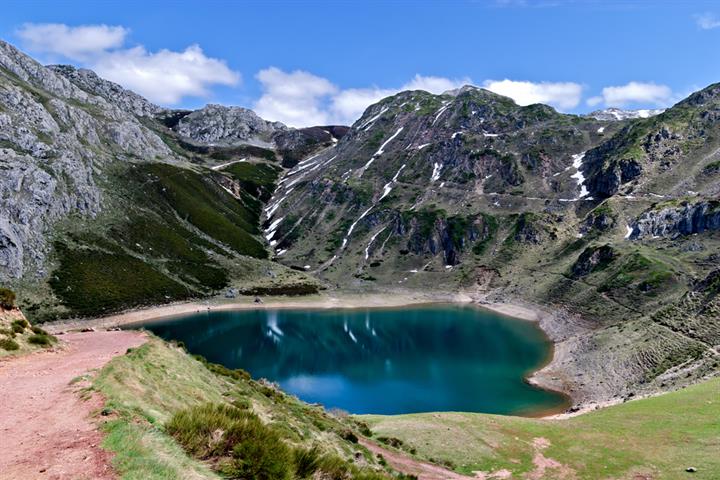Asturias region reiseinformasjon og video
Ferieinformasjon, fakta, bilder og video om Asturias region
Featured ferieboliger i Spania
Ting å gjøre mens du er der
Spennende steder å besøke i Asturias region
Vurderinger for Asturias region
Gjennomsnittlig vurdering - Basert på 51 vurderinger.
By
Kyst
| By: | |
| Kyst: |
Sendt inn av: Guro Kolberg
05.08.2016
Denne anmeldelsen er på Norsk
Denne anmeldelsen er på Norsk
Rapporter misbruk
Du fant dette fornærmende
| By: | |
| Kyst: |
Sendt inn av: Rocío
18.07.2020
Denne anmeldelsen er på Spansk
Denne anmeldelsen er på Spansk
Rapporter misbruk
Du fant dette fornærmende
| By: | |
| Kyst: |
Sendt inn av: Sylvie
03.01.2020
Denne anmeldelsen er på Spansk
Denne anmeldelsen er på Spansk
Rapporter misbruk
Du fant dette fornærmende
| By: | |
| Kyst: |
Sendt inn av: Greg
06.10.2019
Denne anmeldelsen er på Spansk
Denne anmeldelsen er på Spansk
Rapporter misbruk
Du fant dette fornærmende
| By: | |
| Kyst: |
Sendt inn av: René MOULIN
29.09.2019
Denne anmeldelsen er på Engelsk
Denne anmeldelsen er på Engelsk
Rapporter misbruk
Du fant dette fornærmende
| By: | |
| Kyst: |
Sendt inn av: A. Van der Velde
20.09.2019
Denne anmeldelsen er på Engelsk
Denne anmeldelsen er på Engelsk
Rapporter misbruk
Du fant dette fornærmende
| By: | |
| Kyst: |
Sendt inn av: Manila Bronzi
02.08.2019
Denne anmeldelsen er på Spansk
Denne anmeldelsen er på Spansk
Rapporter misbruk
Du fant dette fornærmende
| By: | |
| Kyst: |
Sendt inn av: Travel lover Spain
19.07.2019
Denne anmeldelsen er på Spansk
Denne anmeldelsen er på Spansk
Rapporter misbruk
Du fant dette fornærmende
| By: | |
| Kyst: |
Sendt inn av: Caroline Sonnenberg
07.07.2019
Denne anmeldelsen er på Engelsk
Denne anmeldelsen er på Engelsk
Rapporter misbruk
Du fant dette fornærmende
| By: | |
| Kyst: |
Sendt inn av: THOMAS BARRADO
13.05.2019
Denne anmeldelsen er på Fransk
Denne anmeldelsen er på Fransk
Rapporter misbruk
Du fant dette fornærmende
| By: | |
| Kyst: |
Sendt inn av: NICOLAS
19.10.2018
Denne anmeldelsen er på Spansk
Denne anmeldelsen er på Spansk
Rapporter misbruk
Du fant dette fornærmende
| By: | |
| Kyst: |
Sendt inn av: Michelle Lowrie
27.09.2018
Denne anmeldelsen er på Engelsk
Denne anmeldelsen er på Engelsk
Rapporter misbruk
Du fant dette fornærmende
| By: | |
| Kyst: |
Sendt inn av: rene bakker
07.07.2018
Denne anmeldelsen er på Spansk
Denne anmeldelsen er på Spansk
Rapporter misbruk
Du fant dette fornærmende
| By: | |
| Kyst: |
Sendt inn av: Fam. G.B.P. Vos
26.06.2017
Denne anmeldelsen er på Spansk
Denne anmeldelsen er på Spansk
Rapporter misbruk
Du fant dette fornærmende
| By: | |
| Kyst: |
Sendt inn av: Werner Otto
25.10.2016
Denne anmeldelsen er på Tysk
Denne anmeldelsen er på Tysk
Rapporter misbruk
Du fant dette fornærmende
| By: | |
| Kyst: |
Sendt inn av: Steven STAM
26.08.2016
Denne anmeldelsen er på Spansk
Denne anmeldelsen er på Spansk
Rapporter misbruk
Du fant dette fornærmende
| By: | |
| Kyst: |
Sendt inn av: Guillet
19.08.2016
Denne anmeldelsen er på Fransk
Denne anmeldelsen er på Fransk
Rapporter misbruk
Du fant dette fornærmende
| By: | |
| Kyst: |
Sendt inn av: Franz Vonlanthen
14.08.2016
Denne anmeldelsen er på Tysk
Denne anmeldelsen er på Tysk
Rapporter misbruk
Du fant dette fornærmende
| By: | |
| Kyst: |
Sendt inn av: Familie
26.07.2016
Denne anmeldelsen er på Tysk
Denne anmeldelsen er på Tysk
Rapporter misbruk
Du fant dette fornærmende
| By: | |
| Kyst: |
Sendt inn av: Brian Cairns
19.06.2016
Denne anmeldelsen er på Engelsk
Denne anmeldelsen er på Engelsk
Rapporter misbruk
Du fant dette fornærmende
